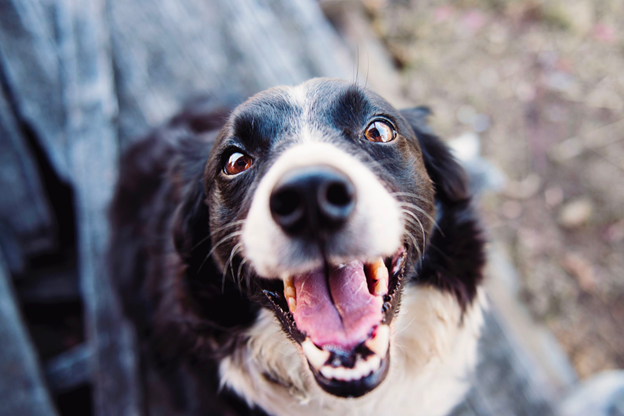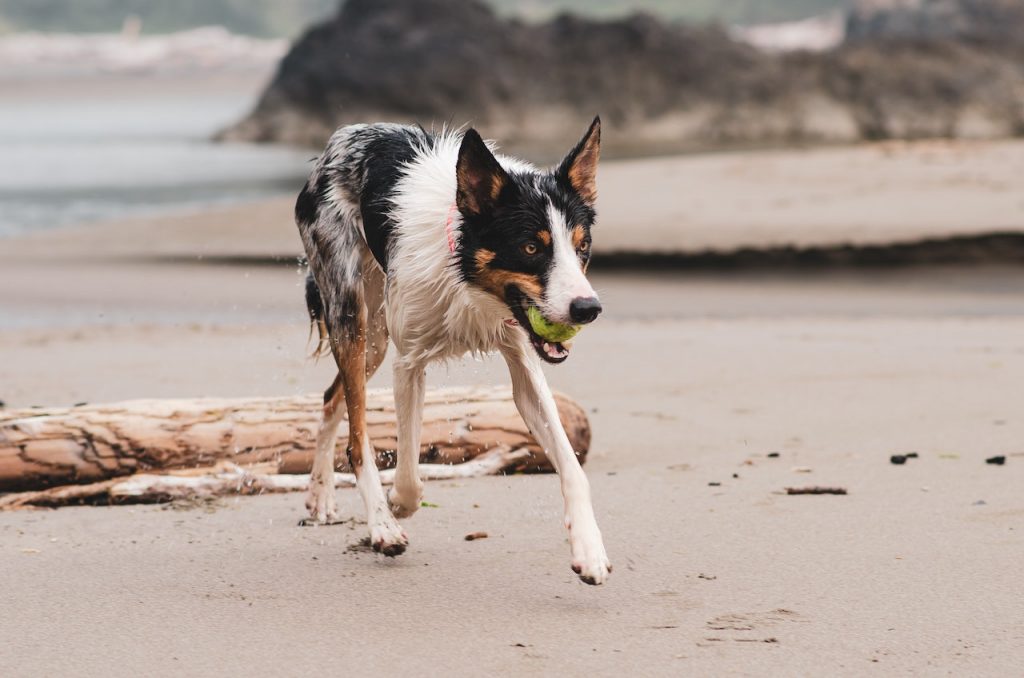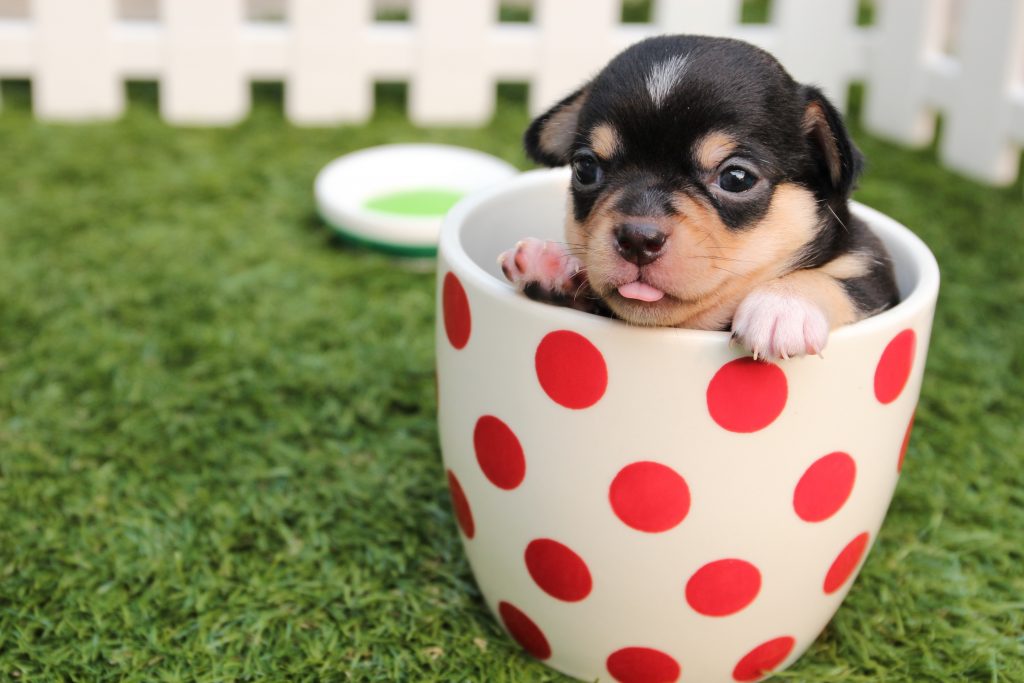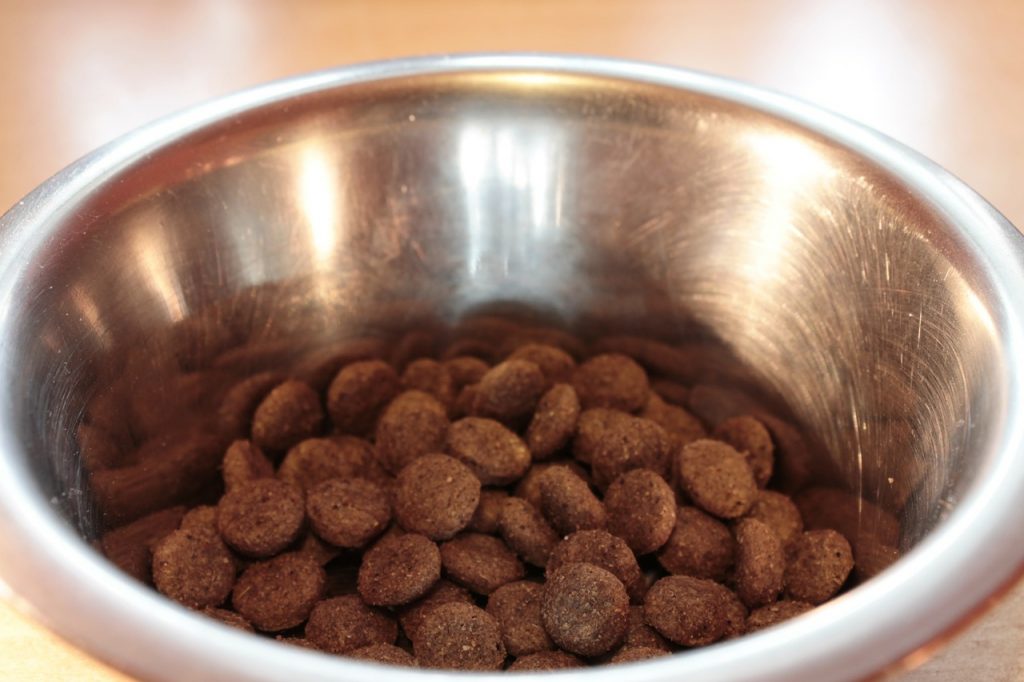Having a dog is one of the most rewarding experiences in life. They are loyal companions that will love you unconditionally and make your life more enjoyable. To ensure that your pup lives a long and healthy life, it’s important to know how to keep him healthy, and that means taking steps to give him the proper diet while maintaining an active lifestyle. Here are some of the best practices for keeping your dog in great shape, courtesy of Puppy Education.
Boost His Diet With High-Quality Food
Your pup’s diet is incredibly important for his overall health. Look for higher-quality food options, such as grain-free formulas that are made with natural, protein-packed ingredients. This type of food helps provide essential nutrients that will help keep your pup fit and active while allowing him to maintain a healthy weight for his breed and size. By providing him with this delicious kibble dog food, you’ll be helping him make the most of his diet.

Make Active Playtime a Priority
Exercise is essential for keeping your dog healthy and happy, especially if he stays indoors for much of the day. Make sure he gets at least 30 minutes of exercise every day with walks or playtime in the backyard. This not only helps him stay physically fit but mentally stimulated as well, which will help reduce any destructive behaviors from boredom or lack of activity.
Stay Up-to-Date on Vaccinations
Vaccines are an important part of keeping your dog safe from diseases while also protecting other animals in the area from catching those same illnesses. Flea and tick medication is also essential, as these pests can carry diseases that can be detrimental if left untreated. Work with a veterinarian to determine what vaccines and medications are best suited for your dog based on his age, breed, and lifestyle so you can keep him safe.
Make Grooming a Priority
Brushing and grooming are essential parts of keeping your pup’s coat looking good while also helping reduce shedding around the house. Regular brushing removes dirt, debris, and dead hair, and it will also help you keep an eye out for pests like fleas or ticks. Additionally, regular grooming helps maintain their coat color while also helping identify any potential issues, such as scabs or rashes, early on so they can be treated quickly.
Keep His Teeth and Gums Healthy
Just like humans, dogs need dental care regularly. It’s important to brush his teeth regularly (at least once per week) using toothpaste specifically designed for dogs. This reduces plaque build-up, which could lead to dental disease if left untreated over time. Additionally, look into dental chews and treats formulated specifically for dogs, which clean teeth while providing additional nutrients for gum health.
If your pet doesn’t like having a toothbrush in his mouth, look for a smaller option that fits over your finger and has soft bristles. Talk to your vet about whether your dog could benefit from a professional teeth cleaning—these can be costly as your dog will have to be given anesthesia, but are well worth it to prevent major health issues down the road.
Keeping your dog healthy benefits both of you since doing so will lengthen his life and allow you that much more time to spend together. With higher-quality dog food, your pet will maintain joint and digestive health so he can feel great every day, and with a solid exercise and play routine, he’ll keep his heart healthy. Talk to your vet about any issues where his weight is concerned, and stay on top of his oral health to prevent problems in the future.



